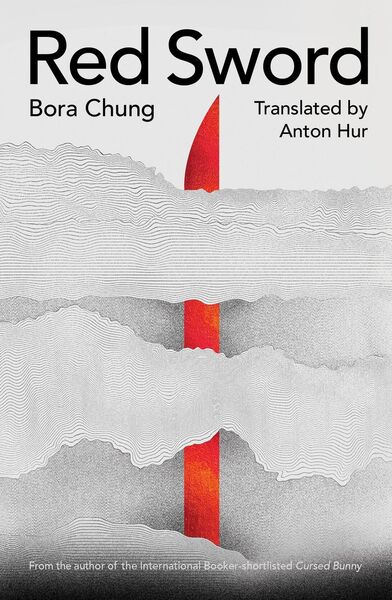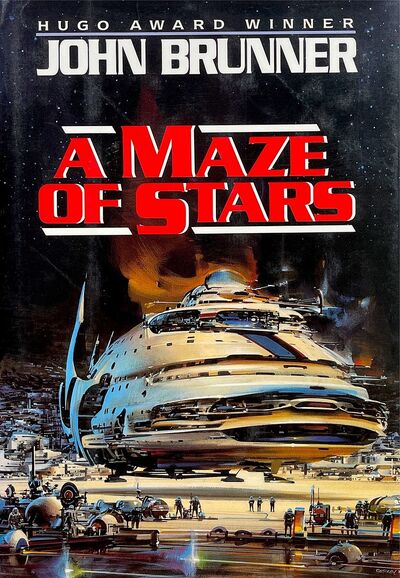"Old-timey" seems to be an emerging term for stuff either set or written before the 21st Century. Here we get an amusing confusion: Old-Timey regency romances, I noted when scanning reviews by what appears to be younger-than-me readers, refers to the regency romances written in the sixties-eighties, even the nineties.
I used to collect these in my late teens, once I'd gone through everything the library had. They were sold by the bunch in used book stores, fifty cents for ten, which suited my babysitting budget--I could read one a night once the kids were asleep.
I did a cull of these beat-up, yellowing volumes with godawful covers 25-30 years ago, donating the real stinkers* and keeping a slew of others because my teenage daughter had by then discovered them.
But she left them all behind--she stopped reading fiction altogether around 2000--and I always meant to do a more severe cull, perhaps dump the entirety. But thought I oughht to at least check them out first, yet kept putting it off until recently. While I was recovering from that nasty dose of flu seemed the perfect time.
I finished last night.
Of course most of them are heavily influenced by Georgette Heyer, or at least in conversation with. Some were written when Heyer was still going strong. Authors from UK, USA, Australia, etc. For the most part you could tell the UK ones not only because the language was closer to early nineteenth century--these writers surely had grown up reading old books, as had Heyer--but their depictions of small towns in GB were way more authentic than those written by writers who'd never seen the islands.
But there were common threads. Good things, as one reviewer trumpeted: they wrote in complete sentences! They knew the difference between "lie" and "lay"! In the best of them, characters had actual conversations. Even witty ones! (There's an entire chapter in Austen's Emma, when we meet Mrs. Elton, which demonstrates what was and what wasn't "good conversation." I can imagine readers back then chuckling all the way through at Mrs. Elton's egregious vigor in bad conversational manners.)
But those are the superficials. What about the plots? Here were common tropes shared with contemporary romances of sixties and seventies. A bunch of these tropes have long since worn out their welcome. I didn't know why I hadn't culled some of the books containing the most egregious examples--maybe they were just so common that they were invisible, and there was some other aspect of a given book that had made me chuckle fifty years ago.
Dunno. But in this cull, as soon as I hit the evil aging mistress who will do anything to hang onto the (total jerk) hero, including setting the young and pure heroine up for rape and ruin (which she always j-u-s-t escapes), out it went, the rest of the novel unread: the plot-armored heroine will get her HEA. my sympathy lies with the mistress, whose grim situation veers closer to historical accuracy. Ditto I dumped unfinished the ones where the hero, who can't seem to control his raging hormones (or you know, talk like an adult) mistakes the pure and innocent heroine for a lightskirt and corners her at every opportunity for "can't-say-no" making out, while she castigates herself afterward, moaning, "Whatever is wrong with me?" Basically, while these heroines (and their readers) did not want to be raped, they did want to be ravished. And they weren't guilty of being bad girls if they were overpowered, right?
That was a VERY common trope in the early contemporary romances, the ones read by my mom by the literal sackful, and traded with other women at the local shop. In the seventies, Mom and her buddies organized themselves. None had the budgets to read everything coming out, so one woman would buy the new books from the Dell line, and another the Kensington line, and so on, then they'd trade them back and forth. Mom saved a sackful for my visits--she thought they were something we had in common, and I never disabused her of this, though I was fast getting sick of the "virginity" plotline. I read them all, noting patterns.
I could say a lot about why I think Mom and her buddies couldn't get enough of that plotline, but I'm trying to get through these regencies. In which the authors did understand the social cost of straying. But the heroine gets her reward at the (abrupt, usually) end, a ring from the guy who'd been cornering her for bruising kisses two chapters ago, and wedding bells in the distance. As I got older, I wondered if those marriages would make it much past the wedding trip. As a teen, I read uncritically for the Cinderella story--as I recollect all the weirdness about the heroines and their main commodity, their virginity (and their beauty) whizzed right over my head.
That said. Every so often you'd get a storyline that was a real comedy of manners, and while the research/worldbuilding was never as period-consistent as Heyer's secondary universe, they'd be fun stories. Like Joan Smith's Endure My Heart, which I'd remembered fondly for the battle of wits between hero and heroine--she the secret leader of a smuggling ring, and he the inspector sent to nab whoever was running that successful venture. Now, on rereading it, there were plenty of warts, but I remember the fun of the early read--and the only two attempted rape scenes were done by a villain, not the hero.
The regency romance has staying power, but it's evolved over the decades since these "old-timey" regencies for the 21st C reader who wants on-page sex, without real consequences. And only vague vestiges of the manners of the time. Few, or no, conversations or even awareness of the dynamics of salon socializing. Basically modern women in sexy silk gowns, and guys in tight pants and colorful jackets and rakish hats, with all the cool trappings--country houses, carriages, balls, and the elegant fantasy of the haut monde.
In the donation box the old ones go.
*I'll never forget the one that had to have been written in the mid-seventies, which had the pouting heroine stating on the first page that she was bored, bored, bored with Almack's and why did she have to participate in the marriage mart anyway? She wanted, and I quote from memory, "actualize her personhood!" Then there was the one that featured the hero, leader of fashion, sporting a crew cut and a "suit of flowing silk of lime green"--I think the author meant a leisure suit.
Then there was Barbara Cartland. Whether or not she hired a stable of writers to churn these out once a month under her name or not, she boiled the story down to the barest skeleton of tropes, padded out mostly by ellipses. Except for one early one, published in the thirties or early forties that lifted huge chunks of a Heyer, stuffed into a really weird plot...






